When Treasury Secretary Alexander Hamilton established the service in 1790, the stated purpose of the revenue cutters was law enforcement. However, after its founding, 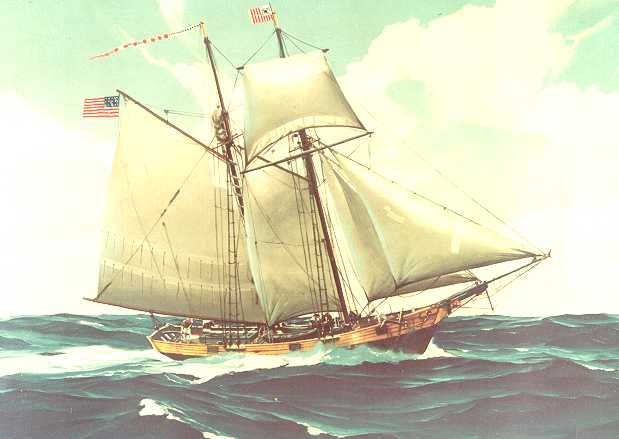 ships of the United States Revenue Cutter Service assisted vessels in distress as was the custom for mariners at sea. This unofficial mission had been a Good Samaritan tradition of seafaring for thousands of years and, since the revenue cutters regularly patrolled U.S. waters, it frequently fell on them to perform this humanitarian service. This organic mission of humanitarian response grew over time and defines the U.S. Coast Guard to this very day.
ships of the United States Revenue Cutter Service assisted vessels in distress as was the custom for mariners at sea. This unofficial mission had been a Good Samaritan tradition of seafaring for thousands of years and, since the revenue cutters regularly patrolled U.S. waters, it frequently fell on them to perform this humanitarian service. This organic mission of humanitarian response grew over time and defines the U.S. Coast Guard to this very day.
During the War of 1812, years after Hamilton had succumbed to a deadly duel with political rival Aaron Burr, revenue  cutters aided vessels and crews in distress. In August 1812, the crew of Cutter New Hampshire saved five out of seven American privateersmen whose small boat capsized in severe weather at Winter Harbor, Maine. In November, crewmembers of the Cutter General Greene used axes to cut open the bow of the brig Rattlesnake, which had capsized during a severe storm. The cuttermen saved 18 men and a boy, who had nearly died of hypothermia and asphyxiation after four hours in chin-deep water inside the upturned hull. That same month, Cutter Diligence rescued survivors of the American brig Defiance, bound from New York to Savannah. The vessel had capsized in a violent storm, drowning three passengers and washing the vessel ashore near Wilmington, North Carolina. Sailing in the freezing winter of 1813, pack ice had trapped the ship Lady Johnson in the Delaware Bay and pushed it dangerously close to shore. General Greene’s master and crew made their way out to the stricken vessel, rescued the nearly frozen crew and moved the vessel to a safe anchorage at Wilmington, Delaware.
cutters aided vessels and crews in distress. In August 1812, the crew of Cutter New Hampshire saved five out of seven American privateersmen whose small boat capsized in severe weather at Winter Harbor, Maine. In November, crewmembers of the Cutter General Greene used axes to cut open the bow of the brig Rattlesnake, which had capsized during a severe storm. The cuttermen saved 18 men and a boy, who had nearly died of hypothermia and asphyxiation after four hours in chin-deep water inside the upturned hull. That same month, Cutter Diligence rescued survivors of the American brig Defiance, bound from New York to Savannah. The vessel had capsized in a violent storm, drowning three passengers and washing the vessel ashore near Wilmington, North Carolina. Sailing in the freezing winter of 1813, pack ice had trapped the ship Lady Johnson in the Delaware Bay and pushed it dangerously close to shore. General Greene’s master and crew made their way out to the stricken vessel, rescued the nearly frozen crew and moved the vessel to a safe anchorage at Wilmington, Delaware.
Following the war, immigration to the U.S. accelerated at a record pace. In the 1820s and early 1830s, immigrants came to America from the British Isles and Western Europe on board ships destined for East Coast ports. These immigrants took passage throughout the year, including the stormy winter months, aboard sailing vessels in various states of seaworthiness. Many of these wooden ships 
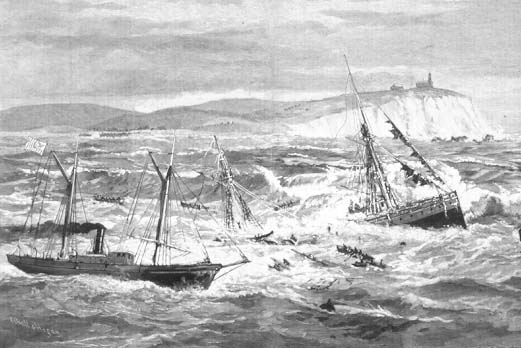 foundered at sea or went ashore as they neared the coast. As the number of wrecks and ship disasters climbed, Americans became horrified by the mounting body counts reported in the press. And, many of these deaths were women and children accompanying men searching for a better life in the United States.
foundered at sea or went ashore as they neared the coast. As the number of wrecks and ship disasters climbed, Americans became horrified by the mounting body counts reported in the press. And, many of these deaths were women and children accompanying men searching for a better life in the United States.
By 1831, the federal government began to take notice and respond to the growing crisis. That winter, Treasury Secretary Louis McLane tasked revenue cutters with aiding ships in danger. In a letter dated Dec. 16th, McLane wrote the customs collector in Wilmington, Delaware, to prepare for sea the cutter Gallatin, stating “In the present inclement season it is thought proper to combine with the ordinary duties of the cutters that of assisting vessels found on the coast in distress, and of ministering to the wants of their crews.”
Gallatin cruised offshore between Hog Island, Virginia, and Cape May, New Jersey, while six other East Coast cutters received the same orders for their districts. During these winter patrols, the cutters fell-in with vessels nearing the coast to ensure they were in good order before approaching American shores. This was the first year that the Treasury Department officially tasked cutters with aiding vessels at sea.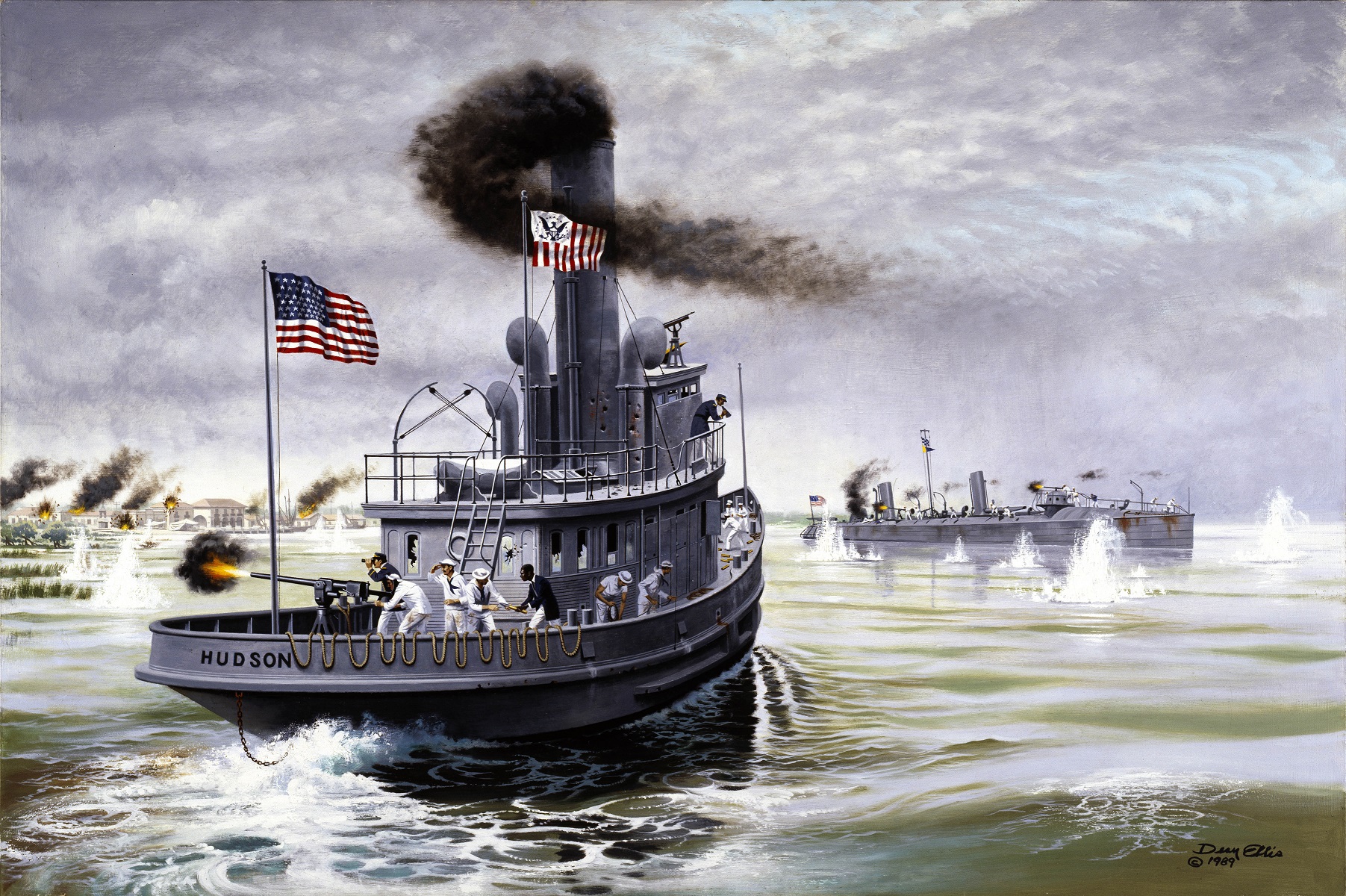
As with many missions adopted by the Coast Guard, the service’s rescue mission was written in blood. Awareness of the growing loss of life at sea and on American shores peaked in 1837. In January of that year, the barque Mexico came ashore during an icy storm near New York with the loss of over 100 passengers. On January 9th, the Adams Sentinel newspaper reported:
“When they perceived that no further help came from the land, their piercing shrieks were distinctly heard, at a considerable distance, and continued through the night, until they one by one perished. The next morning, the bodies of many of the unhappy creatures were seen lashed to different parts of the wreck, embedded in ice. None, it is believed, were drowned, but all frozen to death. Of the 104 passengers, two-thirds were women and children.”
After the Mexico tragedy, Congress finally recognized the need for government assistance to ships in danger. On December 22nd, it passed an act tasking revenue cutters with responsibility for aiding vessels in distress stating, “to cause any suitable number of public vessels, adapted to the purpose, to cruise upon the coast, in the severe portion of the season, and to afford such aid to distressed navigators as their circumstance and necessities may require; and such public vessels shall go to sea prepared fully to render such assistance.”
prepared fully to render such assistance.”
The late summer and early winter of 1870 proved another deadly season. The numerous ships wrecking on U.S. shores raised awareness of the nation’s inadequate land-based lifesaving capability. George Boutwell, Treasury Secretary under President Ulysses Grant, responded by establishing a superintendent’s position to direct the Department’s Revenue Marine Division, which oversaw its steamboat inspection operations, marine hospitals and the lifesaving station network.
In February 1871, Boutwell appointed Superintendent Sumner Kimball, who initiated a rapid expansion of U.S. lifesaving operations. In April of that year, Treasury began paying lifesaving crews ending decades of volunteer service. In 1878, Kimball oversaw the official establishment of the United States Life-Saving Service that saw hundreds of Life-Saving Service surfmen go in harm’s way to save the victims of coastal maritime disasters.
In 1915, Congress enacted 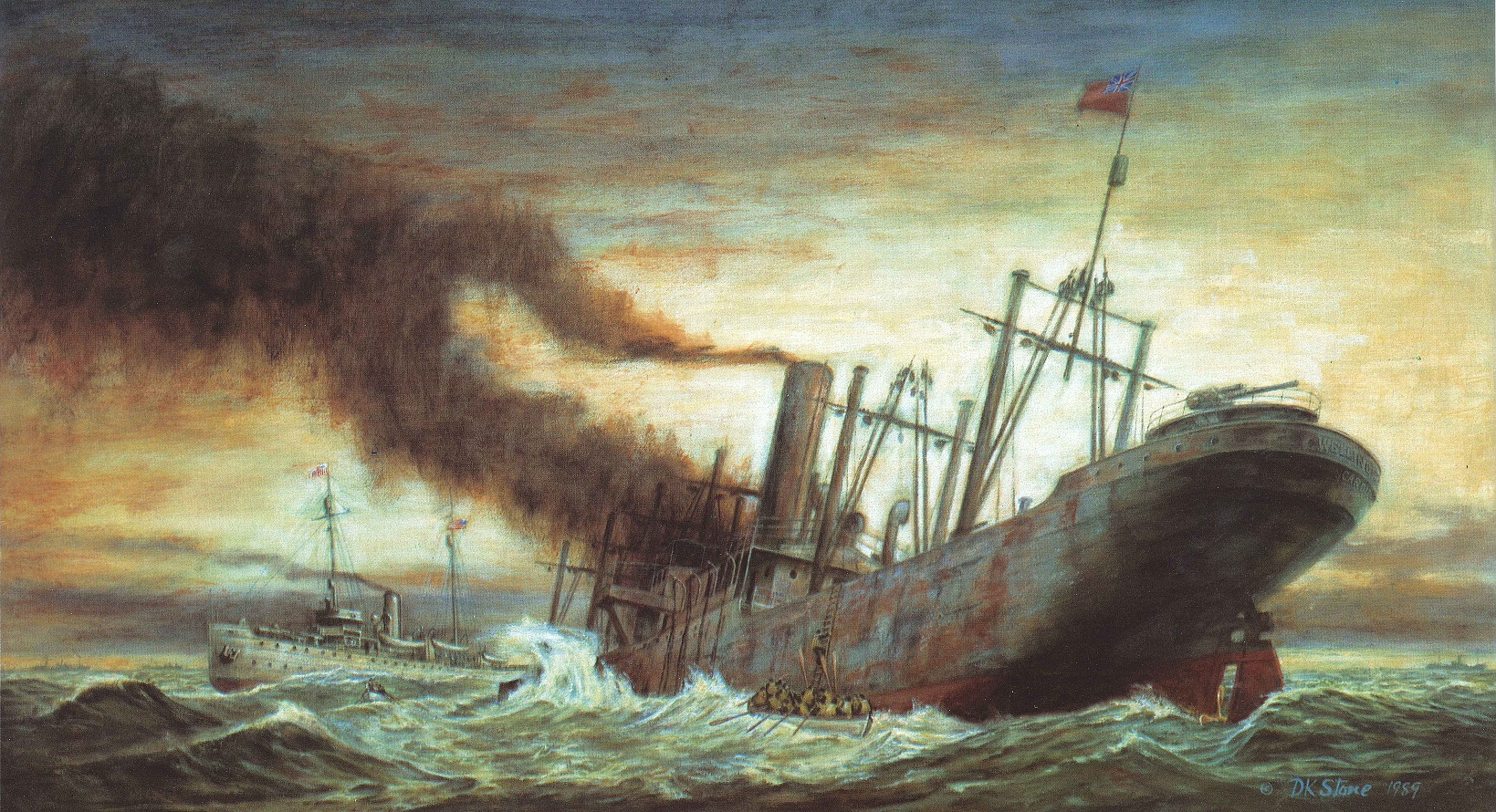 important lifesaving legislation yet again. This time, it passed “An Act to Create the Coast Guard,” which merged the U.S. Revenue Cutter Service and U.S. Life-Saving Service. This act combined the Federal Government’s two agencies responsible for maritime safety into one modern agency tasked with protecting lives and property on shore and at sea.
important lifesaving legislation yet again. This time, it passed “An Act to Create the Coast Guard,” which merged the U.S. Revenue Cutter Service and U.S. Life-Saving Service. This act combined the Federal Government’s two agencies responsible for maritime safety into one modern agency tasked with protecting lives and property on shore and at sea.
Not long after formation of the U.S. Coast Guard, rapid advances took place in seaborne aviation technology. In the 1920s, the service added a fixed-wing aircraft capability to its fleet of lifesaving boats and Coast Guard cutters. The aviation branch provided rapid response assets for over-the-horizon rescues with amphibian aircraft performing numerous high-profile cases, including Gold Lifesaving Medal rescues in 1929, 1933, and 1937.
a fixed-wing aircraft capability to its fleet of lifesaving boats and Coast Guard cutters. The aviation branch provided rapid response assets for over-the-horizon rescues with amphibian aircraft performing numerous high-profile cases, including Gold Lifesaving Medal rescues in 1929, 1933, and 1937.
World War II advanced every aspect of seafaring thereby improving search and rescue operations. The service developed the revolutionary aviation technology of the helicopter. Equipped with floats and a rescue hoist, the helicopter later replaced amphibian aircraft as the preferred rescue air asset. The war also saw the development of advanced detection devices, including SONAR and RADAR, as well as the first successful survival suits, advanced weather forecasting and sophisticated radio communications.
In the late-20th century, search and rescue methods and technology developed rapidly. These advances included computerized search methodology, improved risk management models and the Atlantic Merchant Vessel Emergency Reporting (AMVER) System, which directed nearby commercial vessels to emergencies on the high seas. The service also benefitted from its development of the LORAN navigation system, which w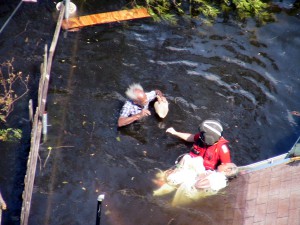 as replaced by the even more accurate satellite-based global positioning system or GPS. In addition, the tragic 1983 loss of SS Marine Electric and most of its crew spurred Congress to pass legislation establishing the Coast Guard’s rescue swimmer program.
as replaced by the even more accurate satellite-based global positioning system or GPS. In addition, the tragic 1983 loss of SS Marine Electric and most of its crew spurred Congress to pass legislation establishing the Coast Guard’s rescue swimmer program.
The 21st century has brought with it the threat of global warming and warmer waters in the Coast Guard’s area of responsibility. This warm sea water in turn feeds super-storm development that threatens the U.S. and its territories. However, new maritime and aviation technology, and modern weather forecasting have equipped the service with the means to serve as the tip of the spear for storm response, providing rapid and sustained search, rescue and response to devastated areas. In recent years, the service has not only responded to disasters at sea, but also floods, tsunamis, earthquakes, flu pandemics, volcanic eruptions and industrial accidents.
Alexander Hamilton founded the service as a law enforcement agency; however, at the same time, forces beyond his control established the service mission of protecting lives and property at sea (and on shore). Major response efforts and evolving technology continue to influence the U.S. Coast Guard’s development as the world’s premier search and rescue agency in the maritime environment.